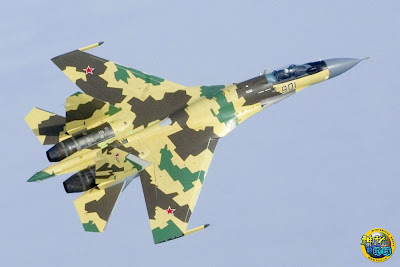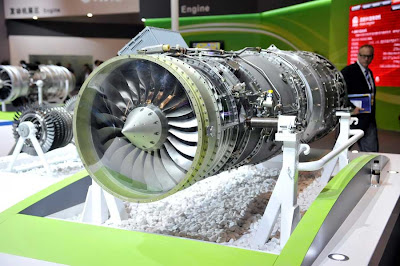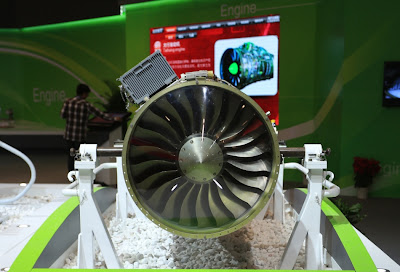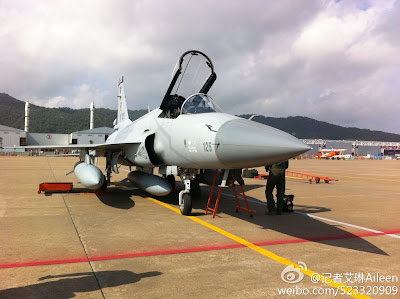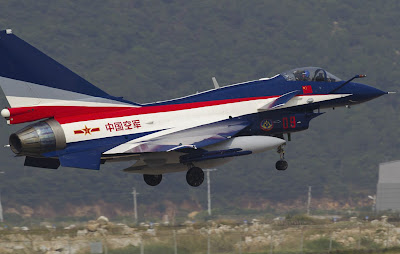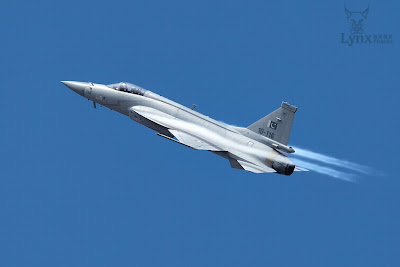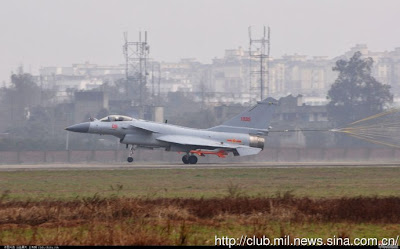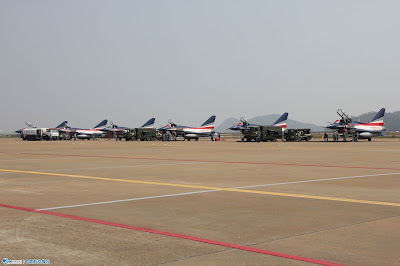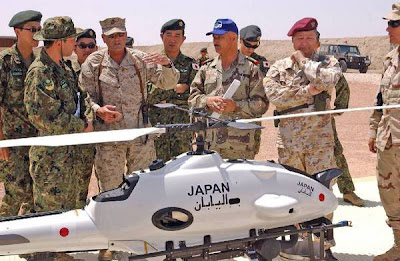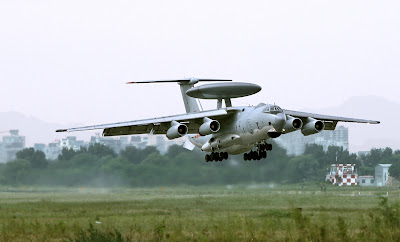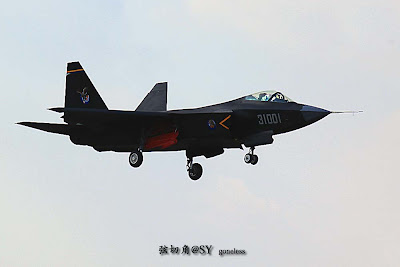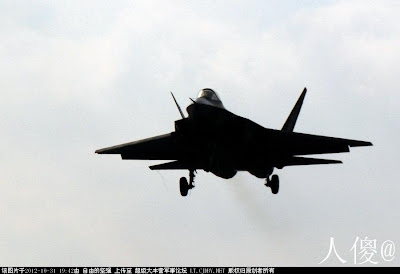 |
| J-15 Flight On Liaoning Aircraft Carrier |
China has successfully conducted flight landing on its first aircraft carrier, the Liaoning, naval sources said.A new J-15 fighter jet was used as part of the landing exercise.
After its delivery to the People's Liberation Army (PLA) Navy on Sept. 25, the aircraft carrier has undergone a series of sailing and technological tests, including the flight of the carrier-borne J-15.
Capabilities of the carrier platform and the J-15 have been tested, meeting all requirements and achieving good compatibility, the PLA Navy said.
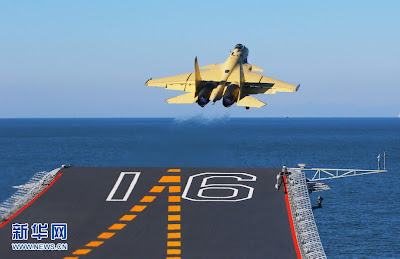 |
| J-15 Flight On Liaoning Aircraft Carrier |
Since the carrier entered service, the crew have completed more than 100 training and test programs.
The successful flight landing also marked the debut of the J-15 as China's first generation multi-purpose carrier-borne fighter jet, the PLA Navy said.
Designed by and made in China, the J-15 is able to carry multi-type anti-ship, air-to-air and air-to-ground missiles, as well as precision-guided bombs.

